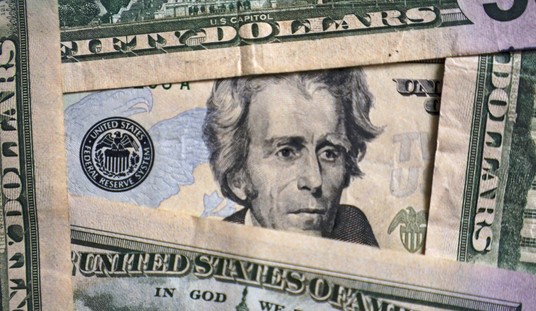[jwplayer config=”pjmedia_eddriscoll” mediaid=”63366″]
Hilarious comment posted to Charles C. W. Cooke’s post on 3D-printable guns:
Just now, I noted that 100,000 people have already downloaded the digital blueprints to Defense Distributed’s 3D-printable gun. This gem was among the comments on my post:
The answer is we have to ban 3D. No one really needs a third dimension. If it will save just one life, it will be well worth it. Living in a two-dimensional world is just a sensible limitation on our depth perception.
This is pretty funny but, as with most things that are pretty funny, it strikes at a real point – that being that the Second Amendment implications of limiting the printing of guns are the least of America’s worries. If previous panicked attempts to prohibit items of which the state disapproves are anything to go by, the whole Bill of Rights will eventually find its way into the crosshairs of the censors, liberty interests being subjugated as usual by ostensible “necessity.” There is simply no way of making a serious effort to prevent — not prosecute after the fact, but prevent — people from making, carrying, and transporting 3D-printed guns without going after Americans’ First Amendment right to distribute whatever blueprints they wish and without undermining in some way their Fourth Amendment right to privacy.
Which seems to dovetail well with Phil Bowermaster’s post at Transparency Revolution on “Catastrophic Success:”
I’m reading K. Eric Drexler’s new book Radical Abundance, which explores the impact of atomically precise manufacturing (APM). Drexler predicts that APM will be with us soon and that it will transform the global economy in ways that can be compared to the industrial revolution of the 18th century or the advent of agriculture some 10,000 years ago. That is to say, he predicts it will be among the biggest shifts that have ever occurred.
Drexler compares the introduction of APM with the digital revolution of the past few decades, asserting that APM will essentially turn the production of physical goods into a form on information technology. Just as digital technologies made it possible to produce unlimited copies of information products (books, recorded movies, music) at essentially zero cost, APM will enable the production of physical goods at a tiny fraction of the cost of producing them today — enabling a world of radical abundance per the book’s title. This transition will not come without problems, however. Imagine the kind of disruption which has occurred in the music business over the past decade and a half applied to manufacturing, agriculture, and energy production. The elimination of infrastructure, businesses, and employment will be staggering. Drexler warns that with the introduction of APM we may face a period of “catastrophic success.”
Found via Glenn Reynolds, who would likely add, “Well, it is the 21st century, you know.”
Of course, getting old media into the 21st century may be a bit more problematic, though ABC seems to have back-ended into a rather libertarian stance regarding gun-grabbing totalitarian monsters of the past: Hitler, Lenin, what’s the difference?
(Last item via Kathy Shaidle, who links to some excellent advice here: “Don’t apologise, explain that this what a joke looks like – and then enjoy the writhings of the old order as they seem themselves so brutally wrong-footed.”)










Join the conversation as a VIP Member